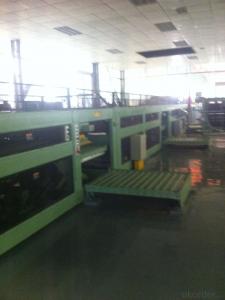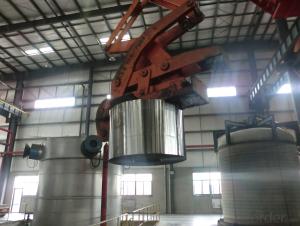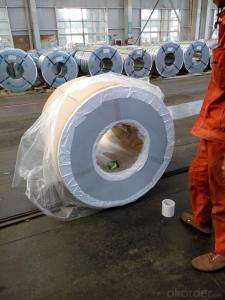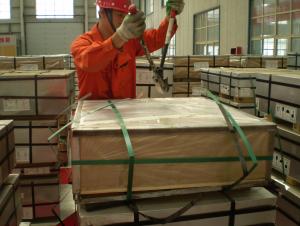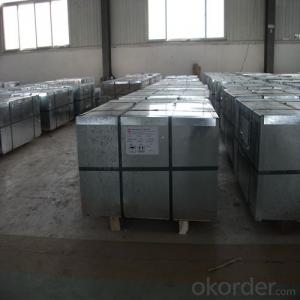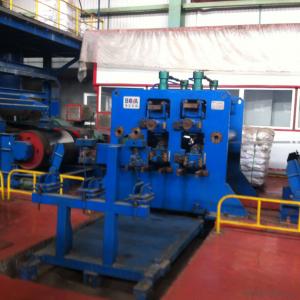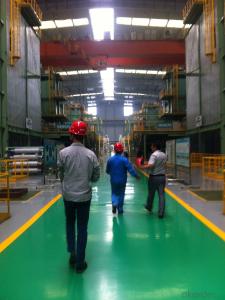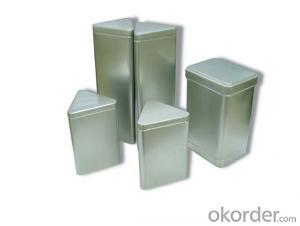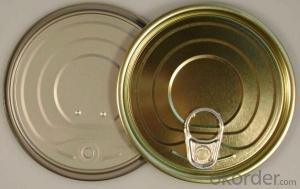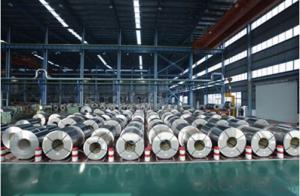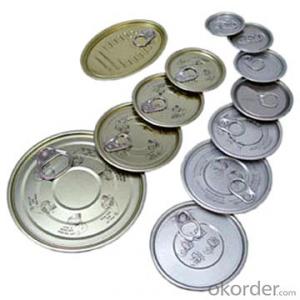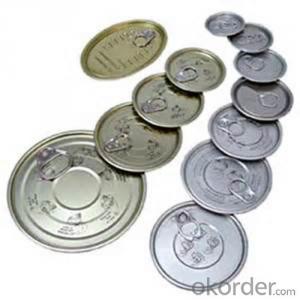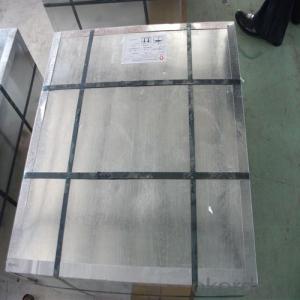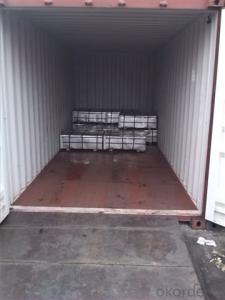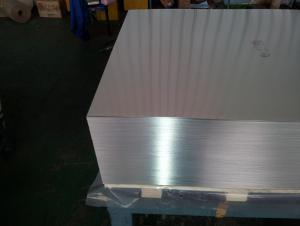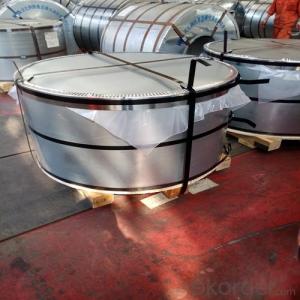All Categories
- - Steel Wire Rod
- - Steel Coils
- - Steel Profiles
- - Steel Pipes
- - Stainless Steel
- - Tinplate
- - Special Steel
- - Steel Sheets
- - Steel Rebars
- - Steel Strips
- - Hot Rolled Steel
- - Cold Rolled Steel
- - Pre-painted Steel
- - Seamless Steel Pipe
- - Welded Steel Pipe
- - Hollow Steel Tubes
- - Galvanized Pipe
- - Stainless Steel Coil
- - Stainless Steel Sheet
- - Stainless Steel Plate
- - Stainless Steel Strips
- - Electrolytic Tinplate Coil
- - Electrolytic Tinplate Sheet
- - Stainless Steel Rebars
- - Solar Panels
- - Solar Water Heater
- - Solar Related Products
- - Solar Inverter
- - Solar Cells
- - Solar Light
- - Solar Energy Systems
- - Solar Controllers
- - Solar Mounting System
- - Solar Pump
- - Solar Chargers
- - Fiberglass Chopped Strand
- - Fiberglass Mesh Cloth
- - Composite Pipes
- - FRP Pultrusion Profiles
- - Fiberglass Mat Tissue
- - Fiberglass Fabrics
- - Fiberglass Mesh
- - Composite Tank
- - Fiberglass Mesh tape
- - Polymer
- - FRP Roofing Panel
- - Fiberglass Roving
- - Monolithic Refractories
- - Ceramic Fiber Products
- - Refractory Bricks
- - Raw Materials For Refractory
- - Suspended Platform
- - Cranes
- - Concrete Machinery
- - Earthmoving Machinery
- - Building Hoist
- - Road Building Machinery
- - Plastic Pipe Fittings
- - Plastic Tubes
- - Plastic Sheets
- - Agricultural Plastic Products
- - Plastic Nets
 All Categories
All Categories
Q & A
What are the advantages of using tinplate for packaging?
There are several advantages of using tinplate for packaging. Firstly, tinplate is highly durable and provides excellent protection to the contents inside. It is resistant to corrosion, ensuring that the packaged goods stay fresh and uncontaminated for extended periods. Tinplate is also lightweight, making it easy to handle and transport. Additionally, tinplate is a sustainable packaging material as it is recyclable and can be reused multiple times, reducing environmental impact. Its versatility allows for various design options, making products more visually appealing to consumers. Lastly, tinplate provides a barrier against light, moisture, and oxygen, which helps to preserve the quality and shelf life of the packaged goods.
How is tinplate made resistant to corrosion?
Tinplate is made resistant to corrosion through a process called tin-plating, where a thin layer of tin is applied to the surface of the steel. This tin coating acts as a protective barrier, preventing the steel from coming into direct contact with oxygen and moisture, which are the main causes of corrosion. Additionally, the tin layer can self-heal if scratched or damaged, further enhancing its corrosion resistance properties.
How does the design of tinplate containers impact consumer perceptions of product quality?
The design of tinplate containers can significantly impact consumer perceptions of product quality. A well-designed tinplate container with attractive graphics, clear labeling, and a sturdy construction can convey a sense of professionalism, reliability, and attention to detail. It can create a positive first impression and enhance the perceived value of the product inside. On the other hand, a poorly designed or unappealing tinplate container may lead consumers to question the overall quality of the product, assuming that if little effort was put into the packaging, the same might apply to the contents. Therefore, the design of tinplate containers plays a crucial role in shaping consumer perceptions and influencing their purchasing decisions.
How is the food industry addressing sustainability with tinplate packaging?
The food industry is addressing sustainability with tinplate packaging by using it as a preferred choice for packaging due to its recyclability and high material efficiency. Tinplate packaging reduces waste and energy consumption, and it can be recycled indefinitely without losing its quality. Additionally, advancements in tinplate packaging technology have led to lighter and more efficient packaging designs, further minimizing its environmental impact.
Wholesale Tinplate from supplier in Rwanda
We are a Tinplate supplier serving the Rwanda, mainly engaged in the sale, quotation, and technical support services of various Tinplate products in the Rwanda region. We are a subsidiary platform of the Fortune Global 500 company CNBM, able to provide you with one-stop Tinplate procurement services in the Rwanda. Not only do we have a wide range of Tinplate products, but after years of market development in the Rwanda, we can also provide valuable experience for your projects.
